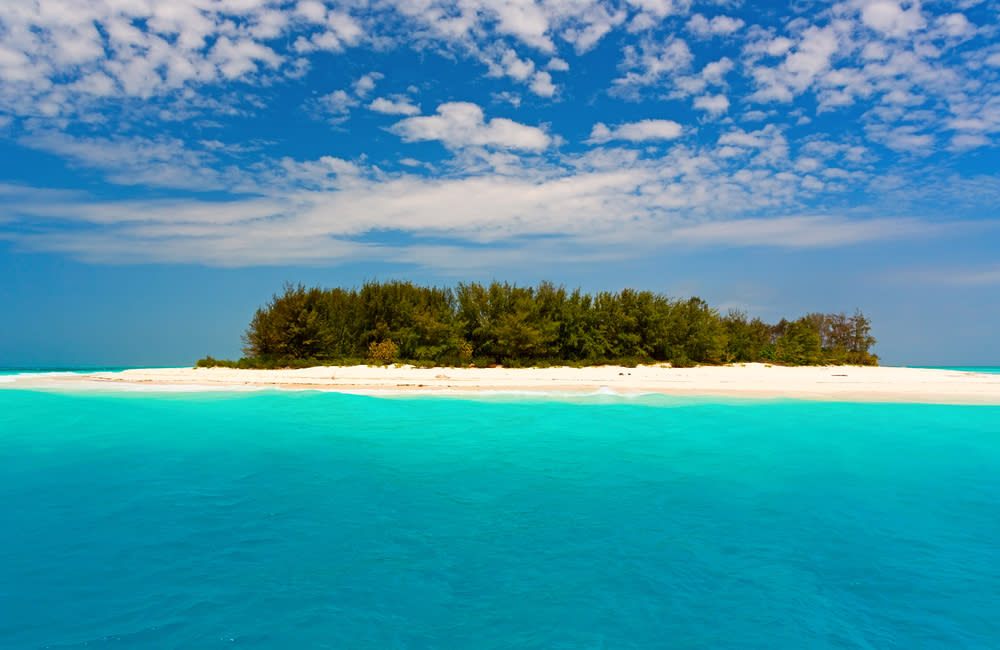More from Zanzibar
Main Menu
- 00:00
- 06:00
- 12:00
- 18:00
- 23:00
Zanzibar : Next 24-Hour Weather
Today - 16th December 2025
Sunrise 06:04
Sunset 18:33
Tomorrow - 17th December 2025
Sunrise 06:04
Sunset 18:33
Holiday Weather Now
Sorted by popularity:
Updated at 06:00 GMT
-
Temp feels like33°C92°F
-
Length of day12h 29m
-
Pressure29" (1011 hpa)
-
Visibility9 km (5miles)
-
Wind speed8 km/h
Sunrise 06:04
Sunset 18:33
-
Temp feels like:
33ºC (92 ºF)
-
Length of day:
12h 29m
-
Pressure:
29" (1011 hpa)
-
Visibility:
5 miles (9 km)
-
Wind speed:
8 km/h
Weather Zanzibar
Zanzibar is part of Tanzania in Eastern Africa. It is an archipelago in the Indian Ocean, just off the east coast of Tanzania and receives a tropical climate with four distinct seasons: two dry seasons, one short, one long, and two wet seasons, one short, one long.
From June till September is the long dry season with all four months seeing low levels of rainfall and average temperatures around 25°C. Night time temperatures are not much below day time temperatures and the heat can seem inescapable, though it is unlikely that you would find accommodation without air-conditioning. Year round Zanzibar sees about seven to eight hours of sunshine a day. During this period blue skies are likely to be uninterrupted. Zanzibar is less crowded at this time of year than in the short dry season in January and February.
From October till December Zanzibar is a period smattered with short rains called âmwakaâ. Temperatures rise, often getting into the 30s, and it generally very humid. The islands still see tourists at this time of year as while the weather is predictably unpredictable from moment to moment, periods of sunshine are guaranteed. However, the Muslim fasting festival of Ramadan falls around December and January, with the date changing each year, and many local restaurants and shops close during the day. Accommodation choice is also reduced, though resorts open as usual.
January and February comprise Zanzibarâs short dry season and this is the most popular time to visit the islands. The heat soars with average highs at 29°C and while there is very little chance of rain, humidity remains high. It can get up to 39°C but this happens very rarely.
March till May receive the prolonged and heavy monsoon rains. Zanzibar is best avoided by tourists during this period as the rain can last for days. Between rainy periods the sun is bound to come out, days still seeing an average of six hours of sunshine, but most of any holiday during this time will be spent sheltering from the rain. This, of course, means that accommodation prices fall drastically, but the trade off is probably not worth it.
Zanzibar owes its climate to its proximity to the equator and situation in the Indian Ocean. It is much cooler than Tanzaniaâs mainland as it is surrounded by the sea, off which cooling winds blow. The short rains are blown in from the north on the Kasikazi winds, and the intense heat and Indian Ocean combine to cause the monsoon rains. Zanzibar and the rest of Africa have begun to see more and more unprecedented weather. Dry season downpours and damaging, wet season droughts are thought to be caused by climate change. As such, no climate guide can predict with ultimate accuracy.

















